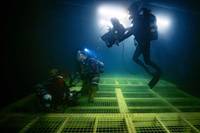
In the early days of dynamic positioning, the 1960s and 70s, commercial deepsea divers soon learned how good their support vessel’s DP footprint was. Their lives depended on it. If a vessel slowly, or worse still, rapidly, moved off position…

Some expert thoughts on AI in 2025:“In 2025, AI won’t just be a tool; it will be a collaborator.”“In 2025, the most productive employees will work alongside AI agents.”AI agents are an advance on large language models (LLMs). LLMs at present…

Global aquaculture production has already exceeded wild fisheries production, and space constraints in coastal areas have driven interest in the viability of combining aquaculture with offshore energy installations. New ideas keep coming.An…
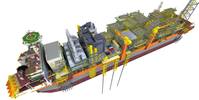
Flare gas recovery lies at the heart of a range of integrated, new emissions abatement technologies.The World Bank’s 2015 launch of the Zero Flaring by 2030 initiative saw flare gas recovery become a standard part of many topside production processing systems…

The 66kV high voltage wet mate connector currently undergoing technical qualification by Baker Hughes weighs in at around one ton and has over 40 liters of dielectric oil protecting copper cable up to 1,200 square millimeters in diameter.The…

Idle time for a drilling rig costs about $250,000 an hour. AI is being embraced across the industry to ensure it doesn’t happen.A while back, an energy major had an unfathomable, intermittent problem with its drilling operations. It was beginning to cost big money…
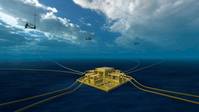
Preparing for industrialization, the floating offshore wind industry is tackling its unique mooring and cabling challenges.The idea of keeping floating offshore wind platforms in place using dynamic positioning has been considered. The trouble…
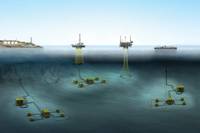
The more production infrastructure we push to the seabed, the more data we need to pull back up. With it comes opportunity.Chevron’s landmark 6,500 tons of subsea gas compression infrastructure for Jansz-Io demonstrates the scale of what is being put on the seabed…
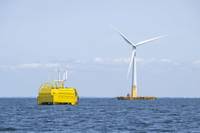
The intermittency of offshore wind power is both a challenge and an opportunity for green hydrogen production. There will be a new generation of platforms taking up space in offshore wind farms as hydrogen production is used to help balance power supply and demand…

OneSubsea™, an SLB joint venture, recently announced a contract award for its all-electric subsea production system, and John Macleod, vice president of technology and strategy at SLB OneSubsea, sees it as the onset of a tipping point.“Large…
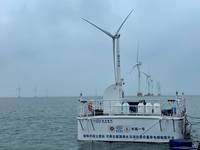
While scientists hail their advances in producing green hydrogen directly from seawater, others see it as pointless.The idea of getting rid of the pre-treatment of seawater that is required to provide pure water to electrolyzers seems to make sense – it reduces costs…

There is a flurry of development underway to cut seafloor seismic and geotechnical survey technologies free from on-site control.The deeper you go, the quieter the ocean becomes. It’s something that Kyrre Tjøm is exploiting in his back-to-basics approach to ocean bottom nodes (OBNs)…
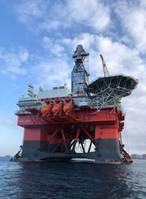
The fuel savings gained by installing energy storage systems on oil and gas platforms are significant, but it’s the safe-ty benefits that might overcome what has been a relatively slow uptake of late.Industry lore has it that drilling rigs say…

Digital solutions are accelerating the progress required to ensure CCS earns its place in climate change mitigation history.Carbon capture has been around since the 90s, but the behavior of CO2 in pipelines is still not that well understood…
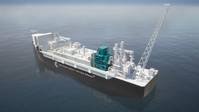
If the industry has been capturing CO2 for decades, why all the innovation now?CO2 capture technology has been used for around a century in natural gas processing plants to separate out the commercially valuable methane. In the 1970s, that CO2 found purpose in advanced oil recovery…



